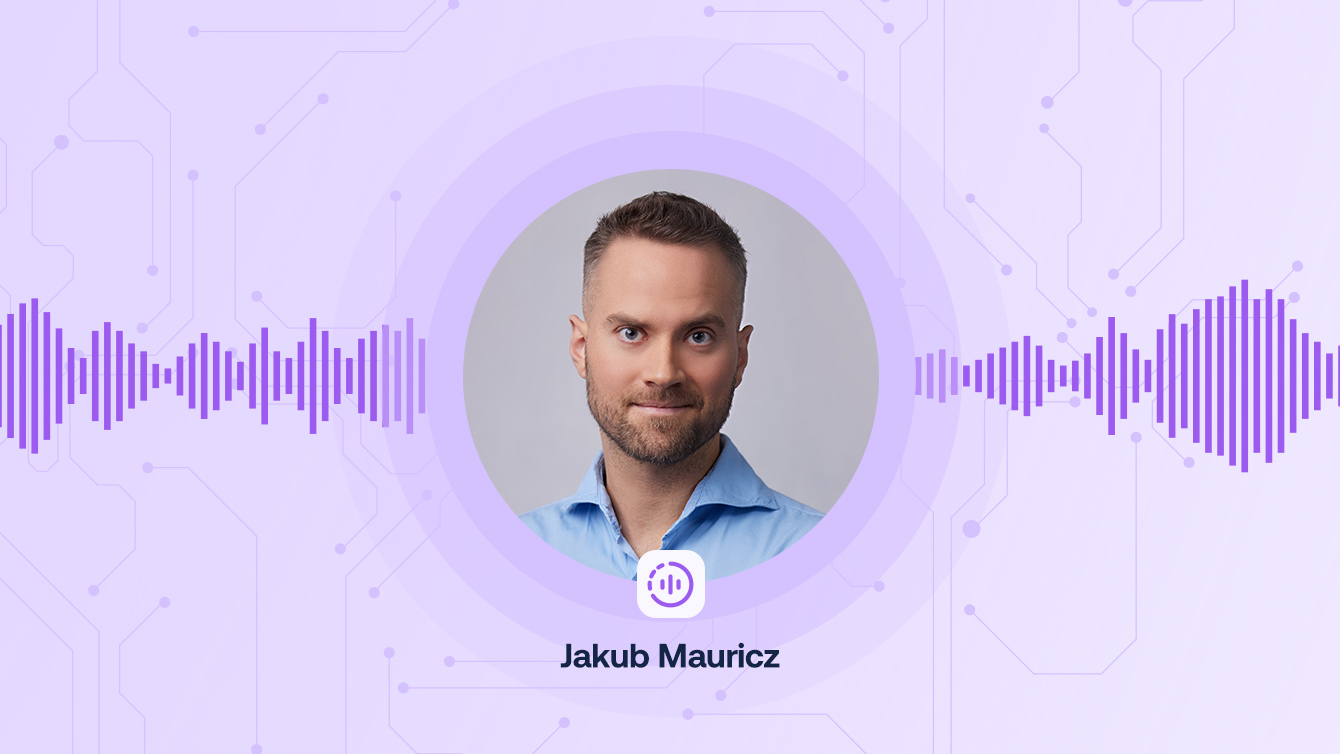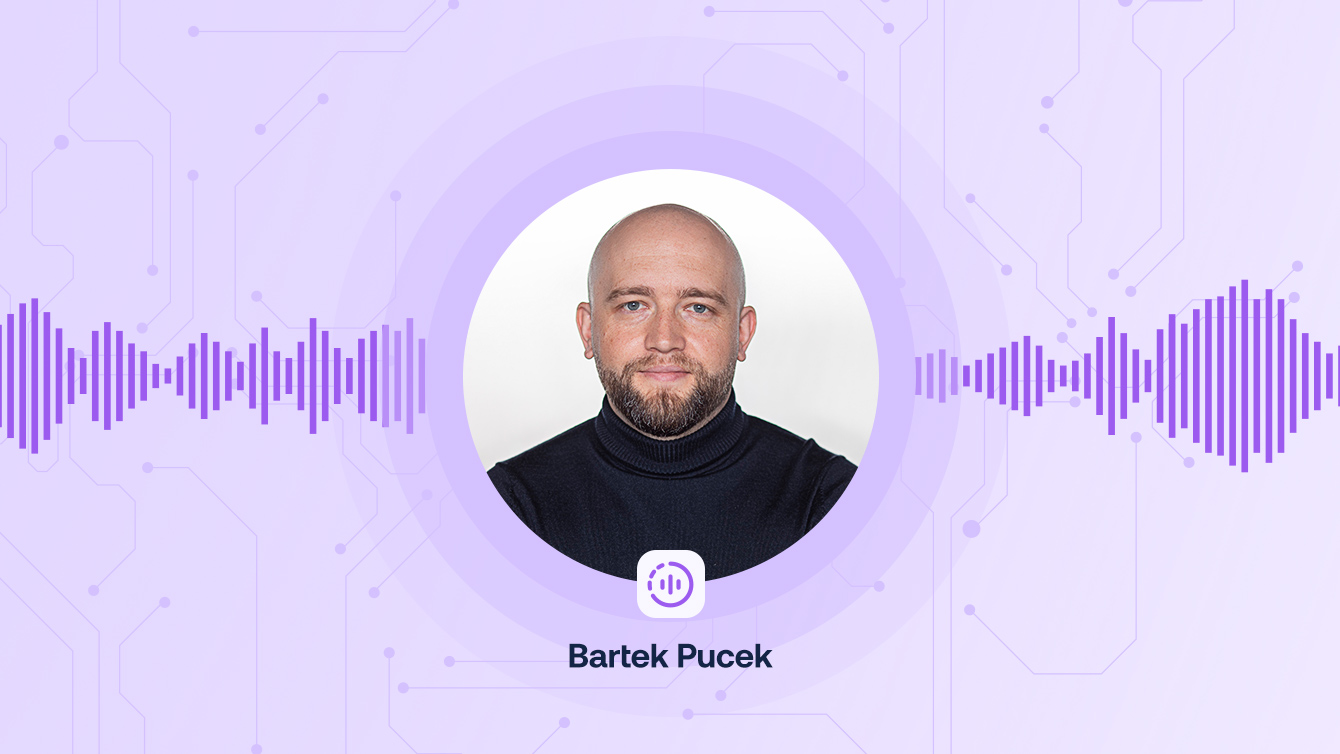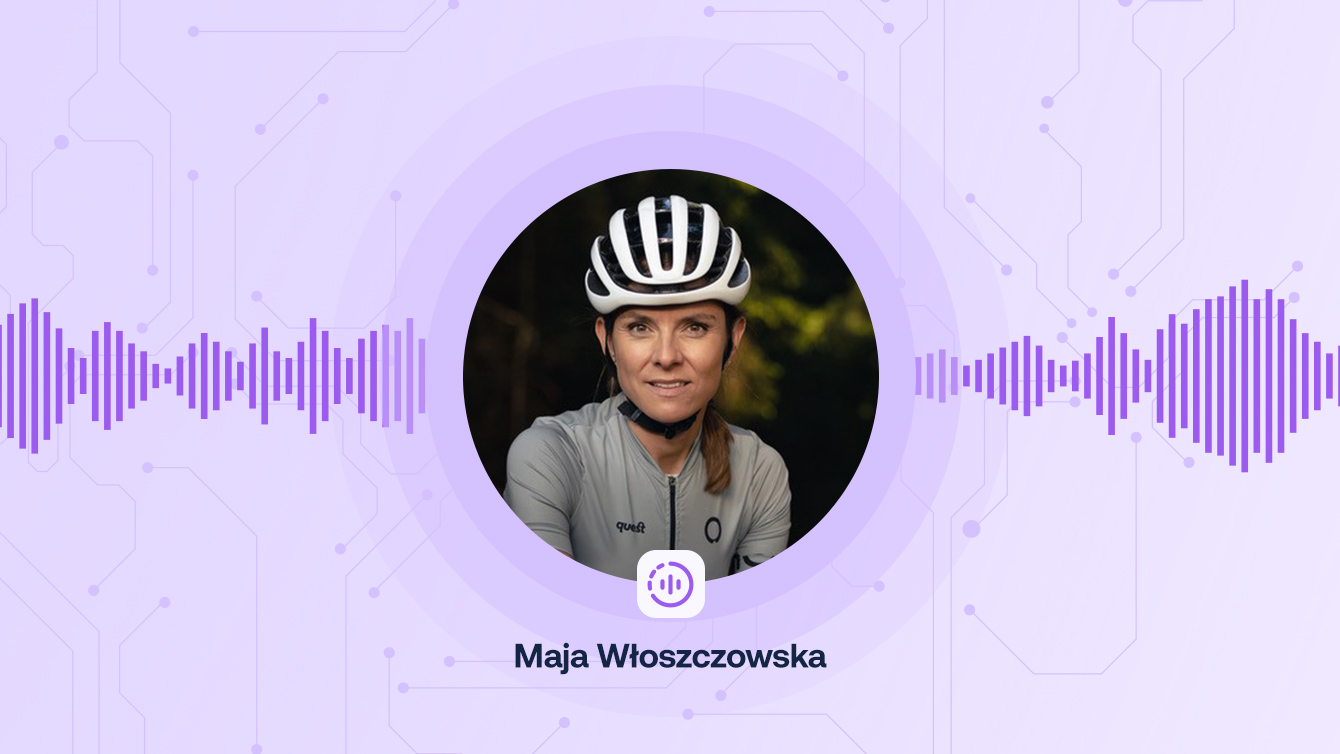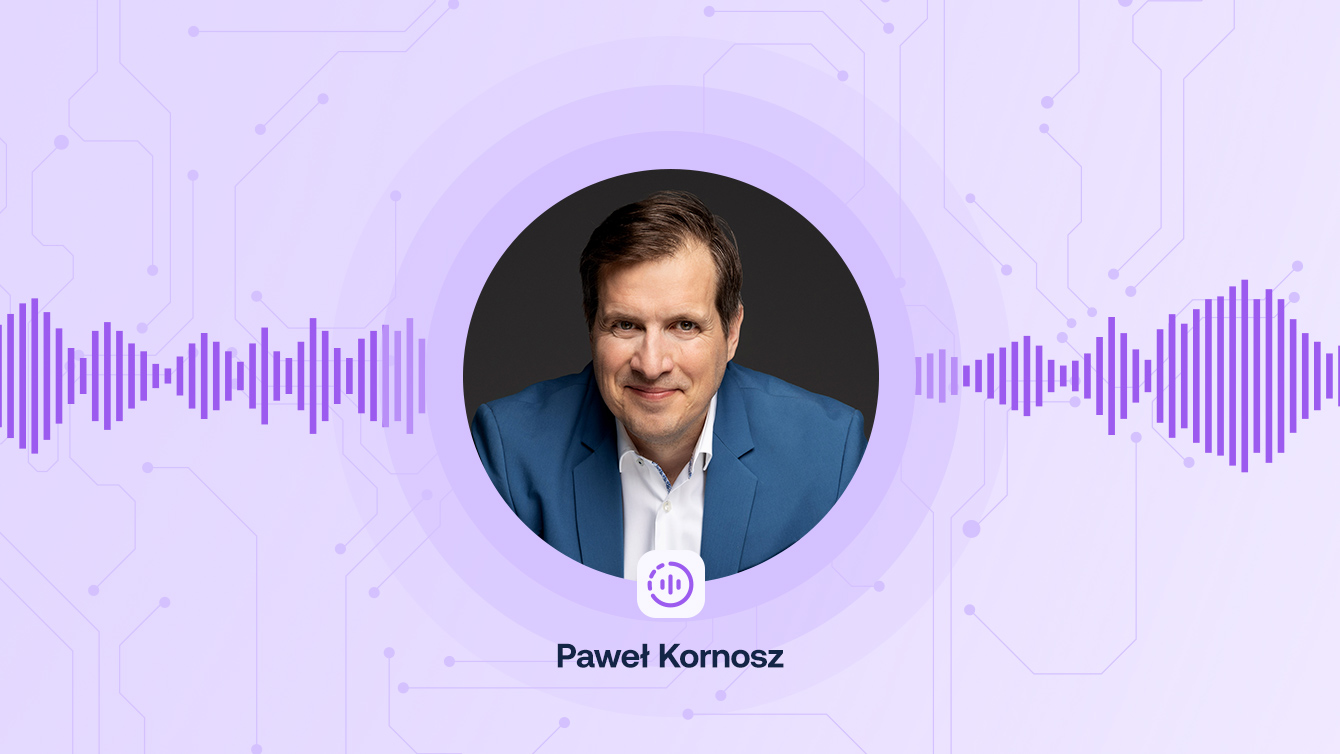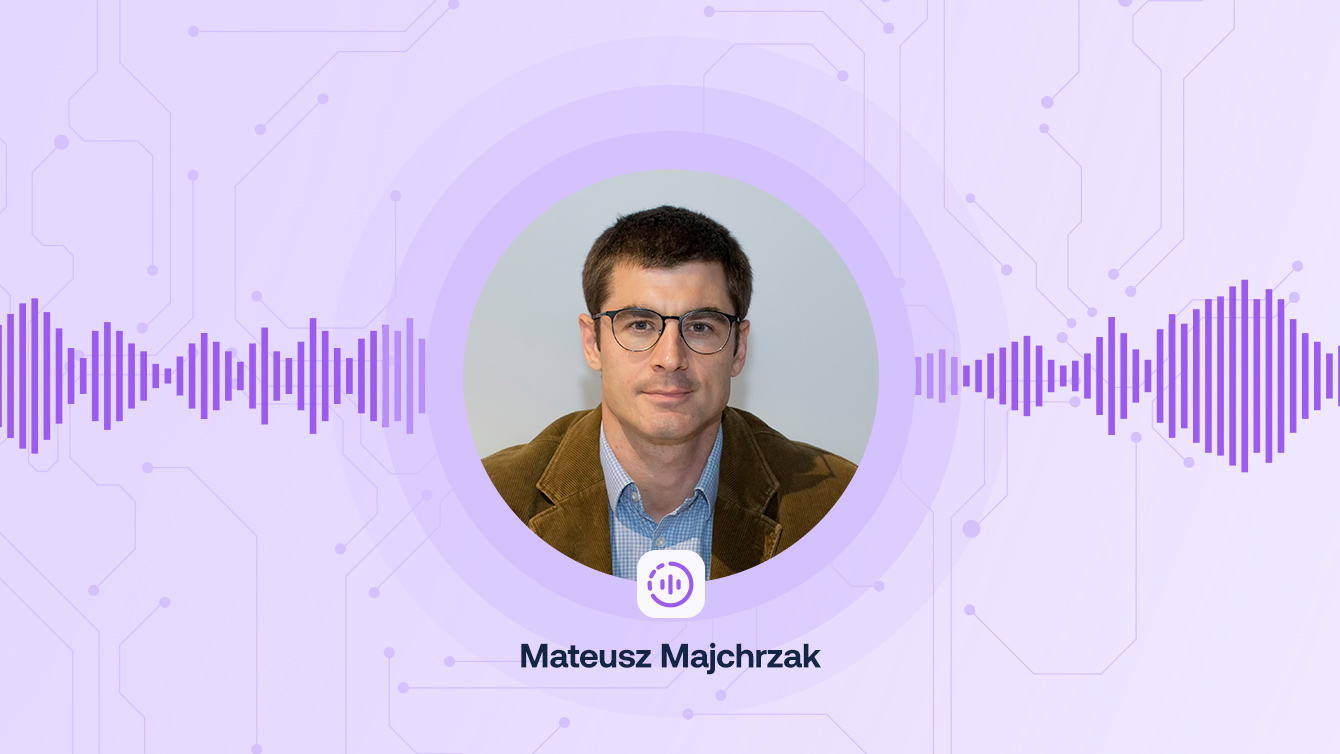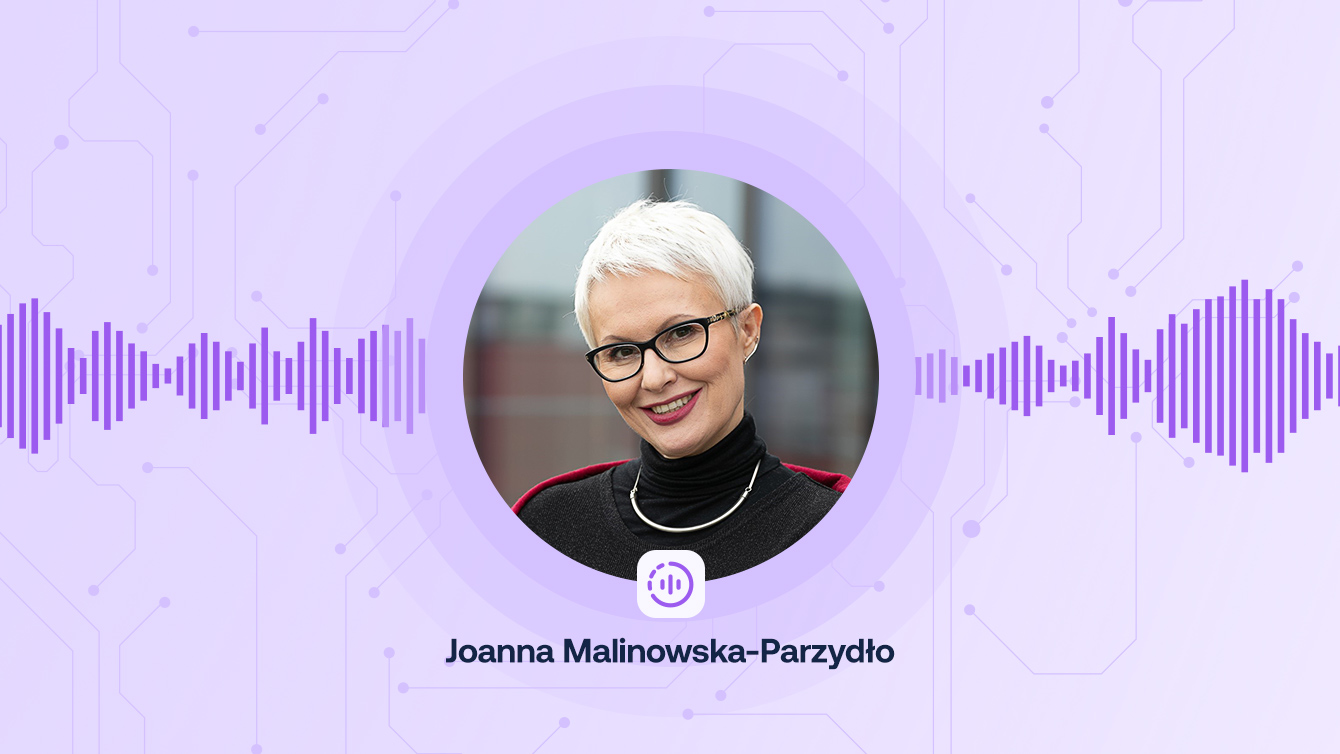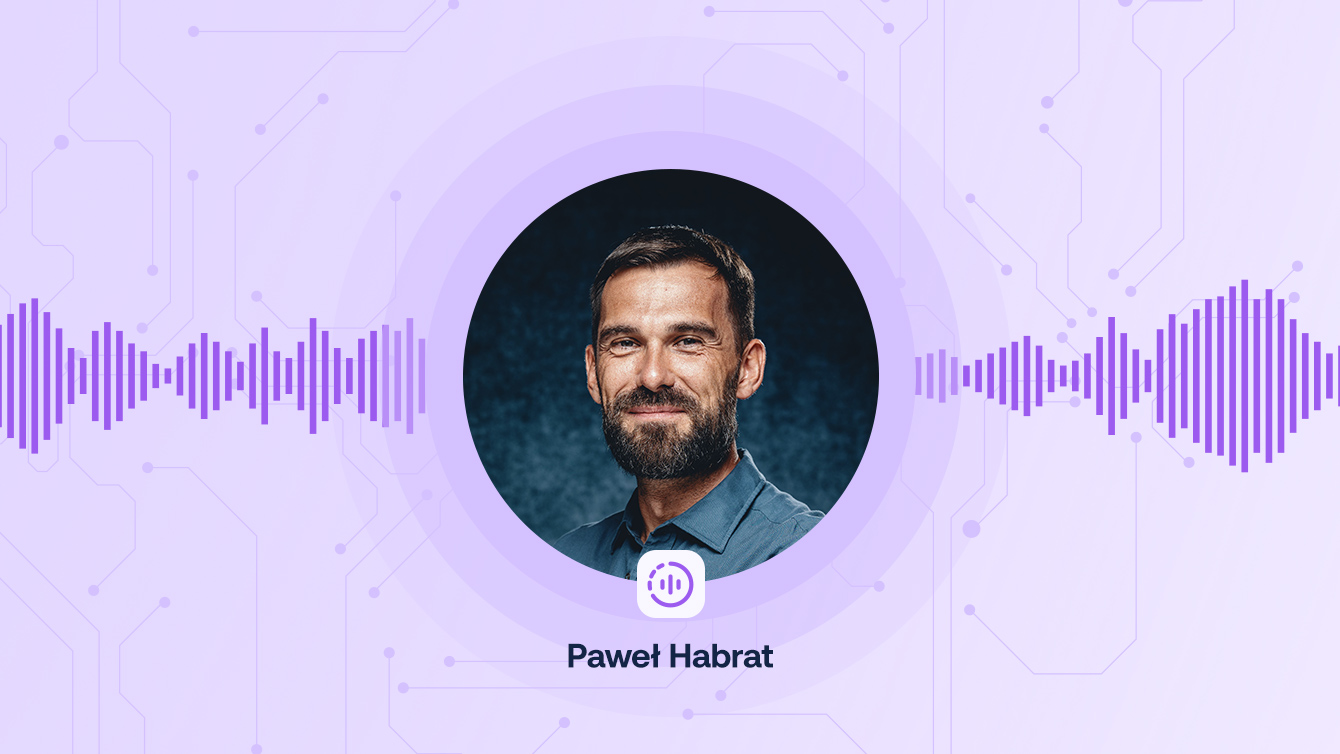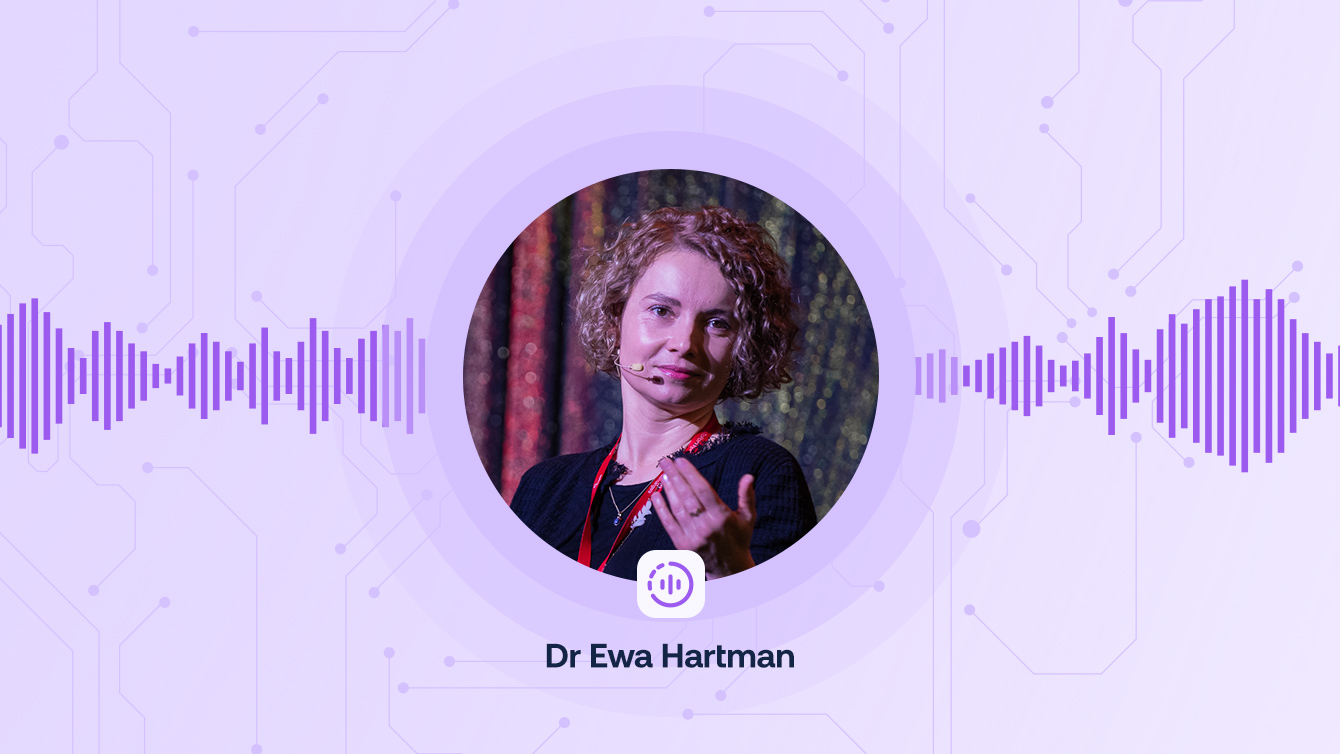VIDEOCAST: What is the future of employee benefits?
Changes and the latest trends in employee benefits.
Why do employees need benefits? How have employee needs in this area evolved over the years? Will artificial intelligence impact our overall wellbeing? In the latest episode of the “Wellbeing Summit” series, Jarosław Kuźniar’s guest is Piotr Szostak. The Director of New Product Development at Benefit Systems discusses changes and the latest trends in employee benefits.
The demand for personalized benefits is on the rise.
Employees are increasingly expecting more from their benefits. Companies striving to meet market demands must adapt to these changes on an ongoing basis. Personalization, or tailoring benefits to individual needs, is gaining importance. As a result, users increasingly have an opportunity to choose benefits based on the specific goals they want to accomplish, such as improved health or personal development.
However, Piotr Szostak also highlights the importance of the ‘paradox of choice’, where an abundance of available options makes it more challenging to determine which one will be the most satisfying. This is partly due to the fact that many people are not fully aware of which benefits they should choose, and how to combine them effectively.
“Consequently, it is crucial to transform this ‘buffet’ of services into a personalized solution adapted to the needs of users, who can take advantage of the services to pursue their specific goals,” Piotr Szostak highlights.
Strategic approach to wellbeing
In recent years, there has been a marked shift in trends related to employee benefits. The attitudes of employees are changing, and they are increasingly paying attention to this form of compensation when looking for a job. Equally important is the evolution in the approach of the companies themselves. Benefits are gradually transitioning from being an HR tool to becoming a systemic tool. Among other factors, this process is due to the increasing recognition of the importance of employee wellbeing for company growth.
“The concept of wellbeing is relatively new in general. Within HR departments, which are traditionally responsible for employee welfare, new roles, such as that of a ‘wellbeing officer’, are emerging (...). This systemic framework offers an opportunity to look at the topic through a more strategic lens. We see this happening now, with HR departments actively engaging in self-education on the topic,” Piotr Szostak points out.
Changes are also evident in the utilization of benefits. The COVID-19 pandemic served as a catalyst contributing to this shift in perspective by showing that mental health is just as important as physical health. An example of this trend is the MultiSport card. It is no longer viewed as a gym pass, but rather a means to improve overall wellbeing, including psychological needs.
What impact will AI have on the landscape of employee benefits?
Artificial intelligence has emerged as one of the key topics in the realm of technology in recent years. Piotr Szostak firmly believes that language models will also revolutionize the world of employee benefits. This trend is already evident in solutions like health assistants, which serve as valuable support for preventive healthcare and diagnostic services.
AI can also enhance personal development and facilitate knowledge acquisition. Microlearning – which involves acquiring small condensed portions of knowledge – addresses the need to expand competence when time is limited. On average, employees have approximately 29 minutes per week for learning activities. In this context, language models can play an important role as a facilitator of effective learning.
